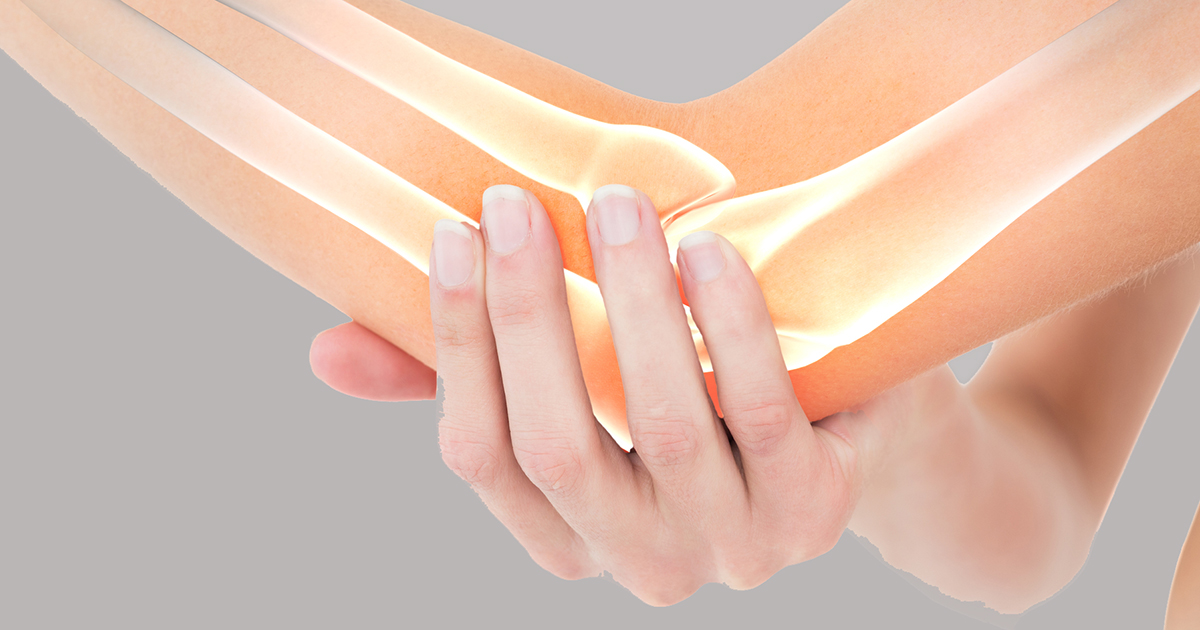Symptoms Of Gaucher Disease
Gaucher disease is a lysosomal storage deficiency, a rare inherited condition resulting from a mutation of the GBA gene. One in every fifty-seven thousand children born in the United States each year has Gaucher disease. Each parent carries one copy of the damaged gene but shows no signs of the illness. GBA is responsible for converting glucocerebroside, a fatty substance, into a sugar called glucose. This gene carries the biological instructions to make beta-glucocerebrosidase, the responsible enzyme for the conversion process. In Gaucher’s disease, without that enzyme, glucocerebroside remains in tissues, eventually building to toxic levels. Three types of the disease express differently in patients and are of varying severity and appear at differing ages.
Fatigue

A patient with Gaucher disease often feels debilitating fatigue. This tiredness may be associated with anemia, a common feature of Gaucher disease. However, chronic exhaustion is a prominent feature in itself. This symptom is more than the usual tiredness at the end of a busy day. It is chronic, meaning it occurs nearly every day and never goes completely away. The patient's quality of life is affected by being chronically tired. Although there are supportive therapies for Gaucher disease patients, fatigue is not currently measured nor are their therapeutic goals for the symptom.
Learn more information about symptoms of Gaucher disease now.
Enlarged Liver And Spleen

Hepatosplenomegaly, or an enlarged liver and spleen, is a common symptom of Gaucher disease. This term means both the liver and the spleen are enlarged with the glucocerebroside not being eliminated by the GBA gene. This symptom can cause a swollen, hard, and painful belly in patients. If the spleen alone is enlarged, it is sometimes painless. Involvement of the liver and spleen is sometimes the only and initial presenting symptom in adults who were unaware of their genetic condition. Specialists have recommended patients with unexplained enlargement of the two organs be screened for Gaucher disease. There is enzyme replacement therapy available that can help the enlargement.
Discover more symptoms of Gaucher disease now.
Easy Bruising And Bleeding

Patients with Gaucher disease have fewer blood platelets in their body, which leads to easy bruising and bleeding. The disease also affects the processes necessary for normal blood clotting and leads to chronic bleeding problems. The patient might have easy bruising and pain, resulting in frequent nosebleeds, bleeding from their gums upon brushing or professional cleaning. Bruising can appear spontaneously without any injury. More seriously, if a patient has a traumatic injury, surgery, dental procedures, or gives birth, the possibility of consequential blood loss must be anticipated and blood products available. Every health professional the patient consults must be informed about the Gaucher disease status before any procedure.
It's time to get familiar with the next symptom of Gaucher disease.
Anemia

Cells affected by Gaucher disease are present in the bone marrow in many cases. The disease reduces the number of circulating red blood cells. When the anemic blood is processed through the affected spleen, it destroys many of the remaining cells. Anemia is the condition that results from low red blood cells. Those cells carry oxygen to every part of the body, from brain to limbs to organs. In addition to Gaucher disease, the patient might have deficiencies in iron or vitamin B12. This is one of the more complicated symptoms of Gaucher disease. It requires close monitoring by a Gaucher disease specialist. Addressing the condition can make a significant difference in the quality of life for the patient.
Get to know more symptoms of Gaucher disease now.
Bone Fractures And Pain

Gaucher disease patients often have bone fractures and pain. Pain in the bones is common and may result in a situation called a bone crisis. This extreme pain is due to the reduction of blood flow to the bones, and may progress to bone infarction, also called avascular necrosis. If the bone is without an adequate blood supply for too long, the tissue will die. Necrosis of the bones leads to problems in the shoulder or hip, increased risk of fracture, or severe arthritis. Loss of calcium and other minerals leads to osteoporosis and osteopenia in men and women of any age. Once the loss of bone tissue advances far enough, the patient can experience spontaneous fractures even without injury. Arthritis and joint damage are common as well.